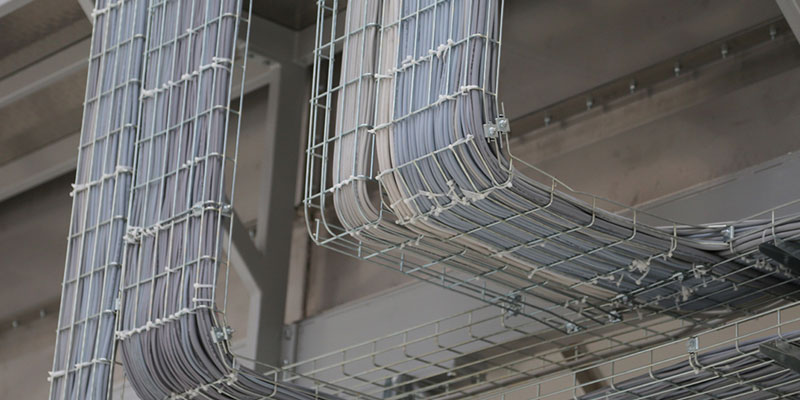If you are designing an office, then you’ve probably heard the term “cable management” thrown around a lot. To put it simply, cable management is the process of securing the wires of your electronic devices so that they don’t become tangled or get in the way of your work operations. Structured cabling is essentially cable management on a larger scale. Structured cabling involves organizing all the fiber optic cables in your whole network, not just the wires in your office.


Our team here at Network Connections has extensive experience in designing, installing, and maintaining fiber optic networks, and you can count on us to take care of all your structured cabling needs. In this article, we’ll go over some key information you need to know about structured cabling in order to make the best decisions for your network.
- What is structured cabling? – First, allow us to explain what structured cabling is, and how it’s different from point-to-point cabling. In point-to-point cabling, each piece of hardware is connected directly to the next. With structured cabling, on the other hand, each piece is connected to a Main Distribution Area (MDA), which then connects to the next piece.
- What are the benefits of structured cabling? – Structured cabling offers several benefits over point-to-point cabling. First, it makes it far easier to add, move, and change different elements since the MDAs are closer to the equipment racks, which will allow you to use shorter cables. Second, structured cabling can reduce downtime because it’s easier to service these systems when problems occur. With these key advantages, you’ll save a lot of time, and you’ll likely experience far fewer technical headaches.

